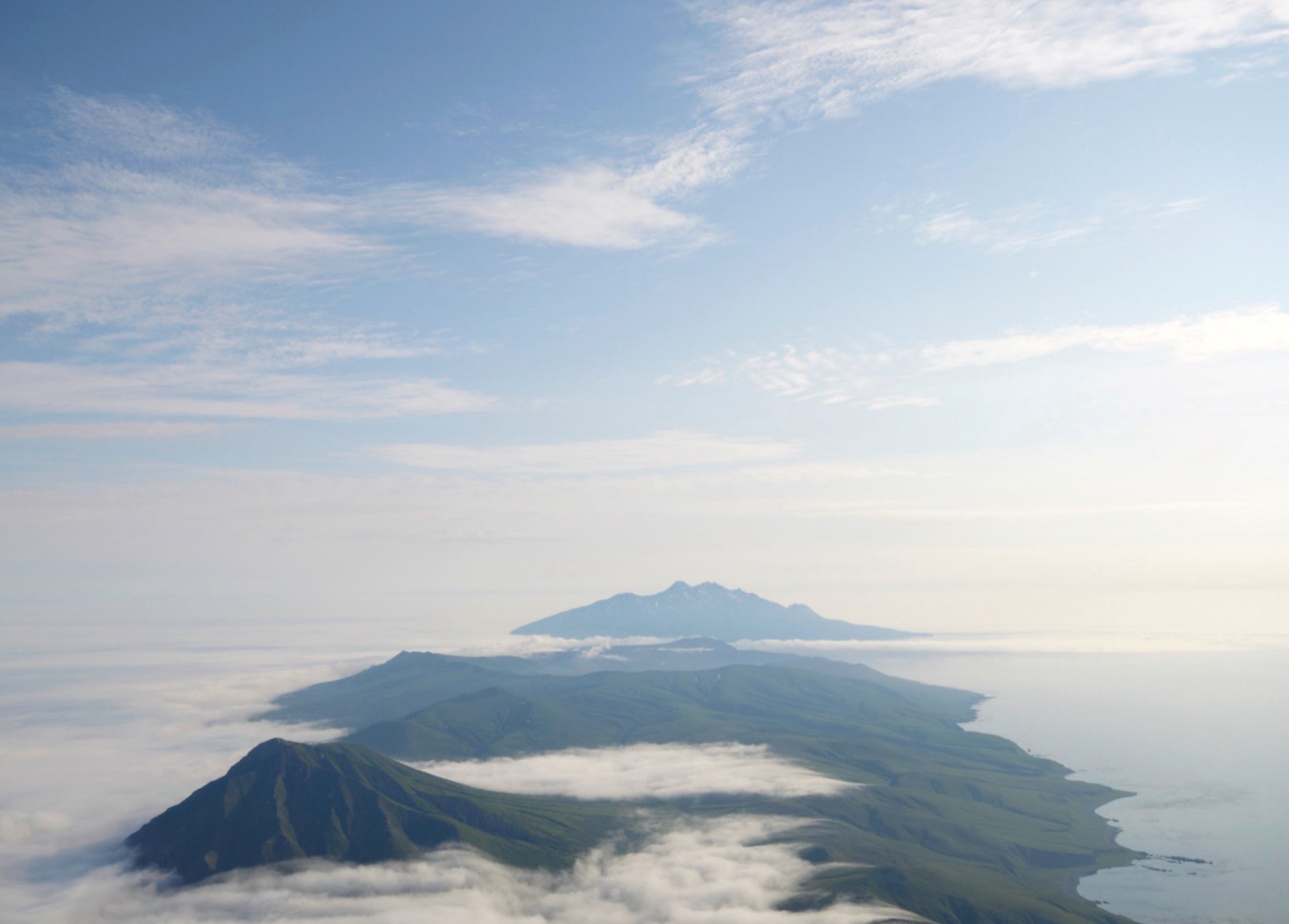Lost volcano that ‘turned summer to winter’ and caused ‘devastating famines’ found as experts warn it could happen again
Share:
THE location of a mystery volcano that caused "devastating famines" nearly 200 years ago has finally been found, scientists say. A massive eruption that took place in 1831 flooded the atmosphere with "sulphurous gases". And scientists say that this reflected so much sunlight that it caused temperatures to plummet, crop failures, and famines.
![[The eruption created this 1.9-mile-wide caldera at the Zavaritskii volcano]](https://www.thesun.co.uk/wp-content/uploads/2025/01/oleg-dirksen-pa-wire-note-960527621.jpg?strip=all&w=960)
The event has been linked to "societal upheaval", but scientists classified it as a mystery eruption because they didn't know the location of the volcano. But experts at the University of St Andrews say they've tracked the eruption down to an island off the coast of Russia.
![[The volcano is located on Simushir Island, in the Kurils chain of islands – a disputed territory between Russia and Japan]](https://www.thesun.co.uk/wp-content/uploads/2025/01/oleg-dirksen-pa-wire-note-960527613.jpg?strip=all&w=960)
They analysed ice core records from the event in a way that wasn't previously possible. And they say they found a "perfect fingerprint match" of the ash deposits. "Only in recent years have we developed the ability to extract microscopic ash shards from polar ice cores and conduct detailed chemical analyses on them," said Dr Will Hutchison, of the University of St Andrews.
![[The location of the volcano is on the Kuril Islands off the far-eastern coast of Russia]](https://www.thesun.co.uk/wp-content/uploads/2025/01/KH_02_01_MAP_LOST_VOLCANO_FOUND_4e83e6.jpg?strip=all&w=913)
"These shards are incredibly minute, roughly one-tenth the diameter of a human hair.". The ice core deposits were dated and matched to the Zavaritskii volcano. It's on the remote and uninhabited island of Simushir, which is part of the long chain of Kuril Islands off the coast of Russia and Japan.
![[The uninhabited Simushir Island is extremely remote, but its eruption still caused major global effects, scientists say]](https://www.thesun.co.uk/wp-content/uploads/2025/01/cwp9wp-view-volcanic-island-coastline-961105118.jpg?strip=all&w=960)
Scientists say that during the Cold War, the Soviets were using Simushir as a secret nuclear submarine base. The vessels would be docked in a flooded volcanic crater. Now, years on, scientists are able to find out much more about the volcano and its eruption.
![[Felix Mendelssohn is believed to have described the terrible weather in the year of the eruption, 1831]](https://www.thesun.co.uk/wp-content/uploads/2025/01/german-romantic-composer-born-hamburg-510276077.jpg?strip=all&w=736)






















